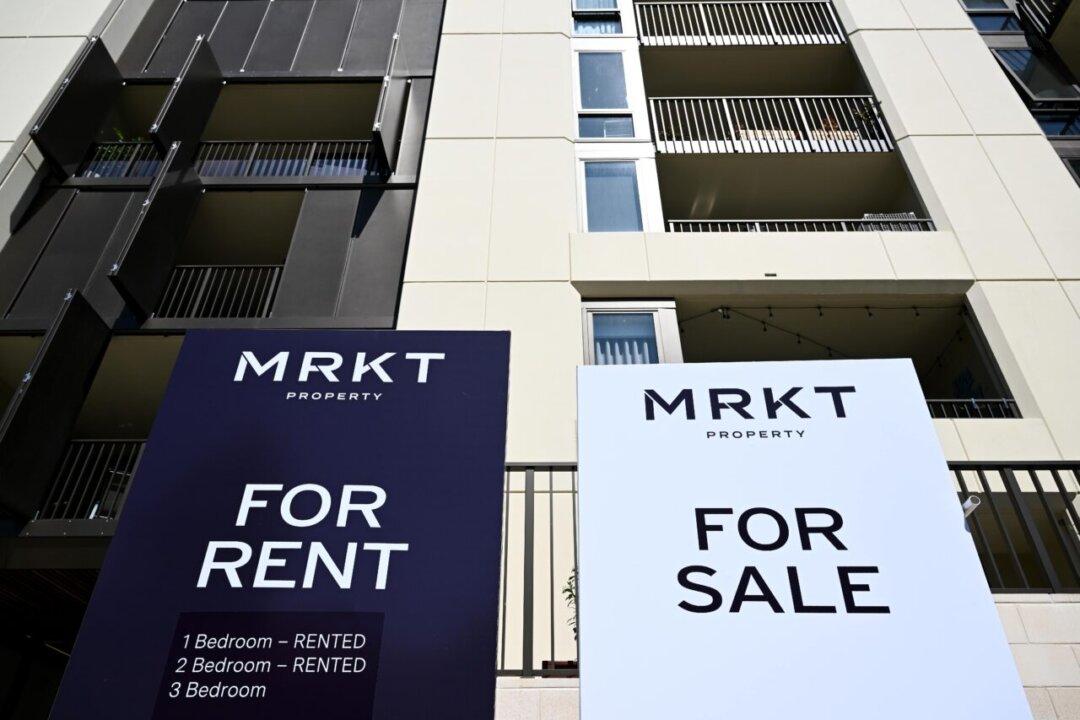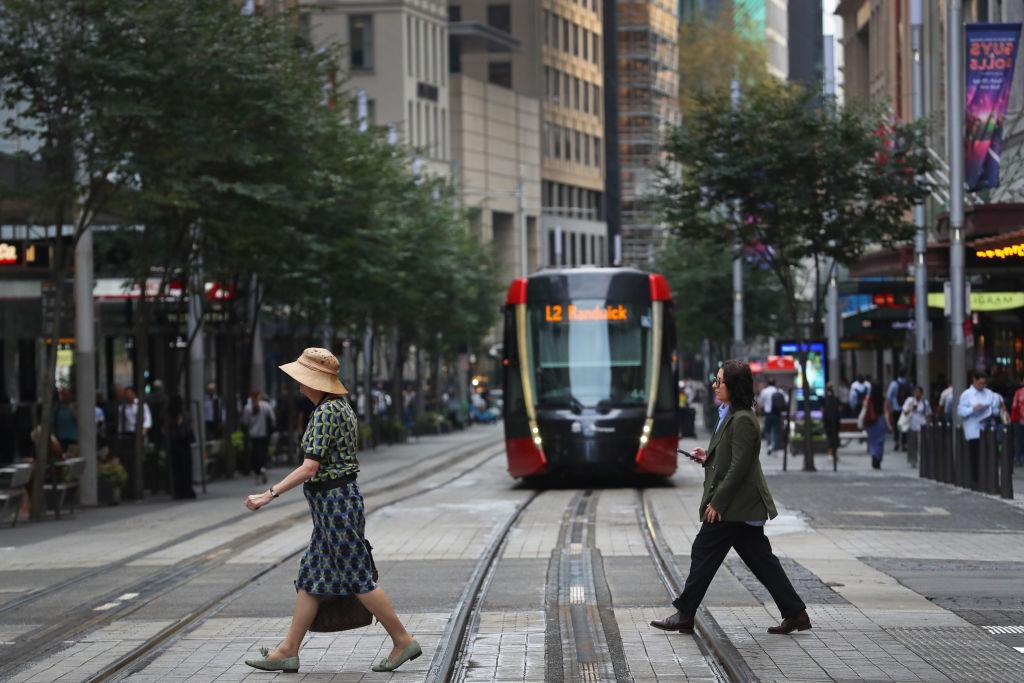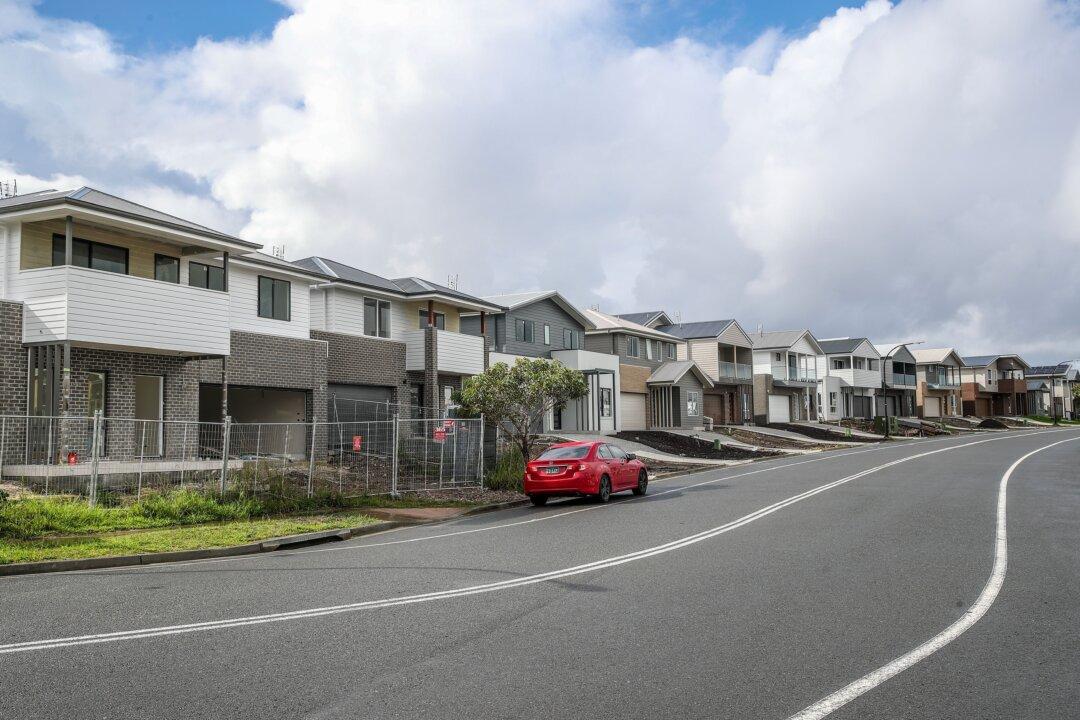Millennials are leading the property investment market, accounting for 46 percent of the Commonwealth Bank of Australia’s new property investors last year, according to the bank’s recently published data.
Meanwhile, Gen X accounted for 37 percent of the new investors.




